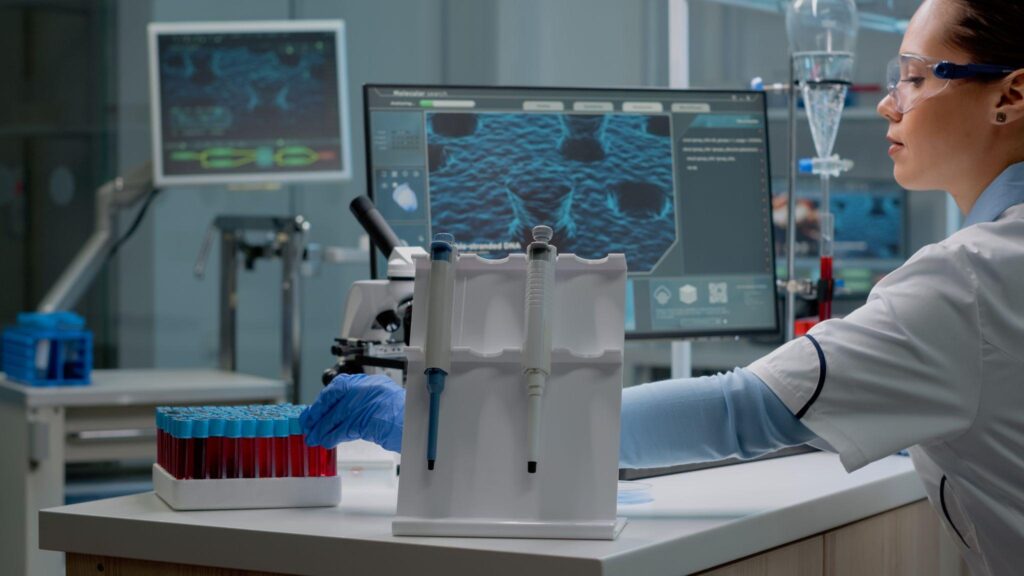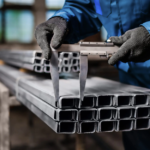Medical Device Design Companies: Integrate Aesthetic Considerations with Functionality to Create Patient-Friendly Solutions
In the rapidly evolving world of healthcare, the design of medical devices is a crucial aspect that combines both art and science. As patient needs and expectations continue to change, medical device design companies face the challenge of creating devices that are not only functional but also visually appealing and user-friendly. This blog explores how these companies navigate the delicate balance between aesthetics and functionality, ultimately enhancing patient experiences and outcomes.

Content
Understanding the Role of Medical Device Design Companies
Device design companies play an integral role in the development of healthcare products, ranging from simple tools like syringes to complex machinery such as MRI machines. Their responsibilities encompass the entire lifecycle of a product, from initial concept and design to prototyping, testing, and production. By understanding the needs of healthcare professionals and patients, these companies can develop solutions that address real-world challenges in medical settings.
The Importance of Aesthetic Design in Medical Devices
While functionality is paramount in medical devices, aesthetics should not be underestimated. The visual appeal of a device can significantly influence patient perception and acceptance. For instance, devices that look intimidating or overly clinical may heighten anxiety in patients, particularly children. Conversely, a well-designed, aesthetically pleasing device can foster a sense of comfort and trust.
Moreover, aesthetic design also impacts usability. Devices that are visually engaging often employ intuitive interfaces and ergonomic shapes that enhance user experience. When patients and healthcare providers find a device easy to use and pleasing to the eye, it can lead to better adherence to treatment protocols and improved health outcomes. Thus, device design companies must consider aesthetics as a fundamental component of their design processes.
Merging Functionality with Aesthetic Appeal
Integrating aesthetic considerations with functionality requires a multidisciplinary approach. Medical device design companies often bring together engineers, industrial designers, healthcare professionals, and even psychologists to create devices that meet both functional and emotional needs. This collaboration enables a comprehensive understanding of how devices will be used in real-life scenarios, ensuring that both practical and emotional elements are considered.
One example of this integration can be seen in wearable medical devices. These devices must be functional and provide accurate health monitoring while being comfortable and visually appealing to encourage daily use. Designers may incorporate soft materials, subtle colours, and sleek forms to create wearables that seamlessly fit into a patient’s lifestyle. As a result, patients are more likely to adopt these devices, leading to better health management.
User-Centered Design: Focusing on the Patient Experience
User-centered design is a key philosophy embraced by device design companies. This approach prioritises the needs and preferences of the end-user throughout the design process. By involving patients and healthcare professionals in the design journey, companies can gain valuable insights into how devices are perceived and used.
Surveys, interviews, and focus groups are common methods employed to gather feedback from users. For instance, when developing a new infusion pump, designers might solicit input from nurses and patients to understand pain points in existing devices. This feedback allows designers to create a product that simplifies operations and reduces the likelihood of errors.
In addition to usability, user-centered design also considers the emotional experience of patients. Understanding how a device affects a patient’s psychological state can lead to more compassionate designs. Devices that convey warmth and care through their aesthetics can contribute to a more positive healthcare experience, reducing anxiety and fostering trust.
The Role of Technology in Design Innovation
Advancements in technology have significantly impacted the field of medical device design. The integration of 3D printing, virtual reality (VR), and computer-aided design (CAD) has revolutionised how device design companies conceptualise and prototype their products. These technologies enable rapid iteration and experimentation, allowing designers to explore various aesthetic options without extensive resource investment.
3D printing, in particular, allows for the creation of intricate designs that may not be possible with traditional manufacturing techniques. This capability opens new avenues for creating devices that are both functional and aesthetically pleasing. Designers can prototype multiple versions of a device quickly, testing different materials, shapes, and colours to find the optimal balance between form and function.
Furthermore, VR technology can simulate the experience of using a device, providing insights into how users will interact with it. By immersing stakeholders in a virtual environment, designers can assess aesthetic choices and functionality before moving to the production phase. This innovation ensures that potential issues are identified early, ultimately leading to better-designed products.
Regulatory Challenges and Their Impact on Design
While aesthetic considerations are important, medical device design companies must also navigate complex regulatory requirements. Regulatory bodies like the FDA in the United States impose stringent guidelines on medical devices to ensure safety and efficacy. Balancing these regulations with aesthetic design can be challenging, as the focus on compliance may sometimes overshadow creative expression.
However, many companies have successfully integrated regulatory considerations into their design processes without sacrificing aesthetics. By collaborating closely with regulatory experts, designers can ensure that their innovative ideas align with safety standards. This collaboration allows for the development of devices that meet both functional and regulatory requirements while still being visually appealing.
The Future of Medical Device Design
Looking ahead, the role of aesthetics in medical device design is likely to become even more pronounced. As patient-centric care continues to gain traction, the demand for devices that enhance the patient experience will grow. Device design companies will need to stay attuned to changing patient expectations and technological advancements to remain competitive in this evolving landscape.
In addition, sustainability is becoming an increasingly important factor in design decisions. Patients and healthcare providers alike are seeking environmentally friendly options, prompting designers to consider sustainable materials and processes in their work. The integration of sustainability into aesthetic design will create a new frontier in medical device innovation.
Conclusion
The intersection of art and science in medical device design is a fascinating area that significantly impacts patient care. Medical device design companies are at the forefront of this evolution, creating solutions that blend functionality with aesthetic appeal. By embracing user-centered design principles, leveraging technology, and navigating regulatory challenges, these companies can develop products that enhance the patient experience and improve health outcomes. As the healthcare landscape continues to evolve, the importance of aesthetics in medical devices will only grow, paving the way for a future where form and function work harmoniously to serve patients better.

Donna is your friend in the know. Her blog is a treasure trove of insightful tidbits on a wide range of topics. From wellness to technology, she’s your source for staying informed and inspired.














